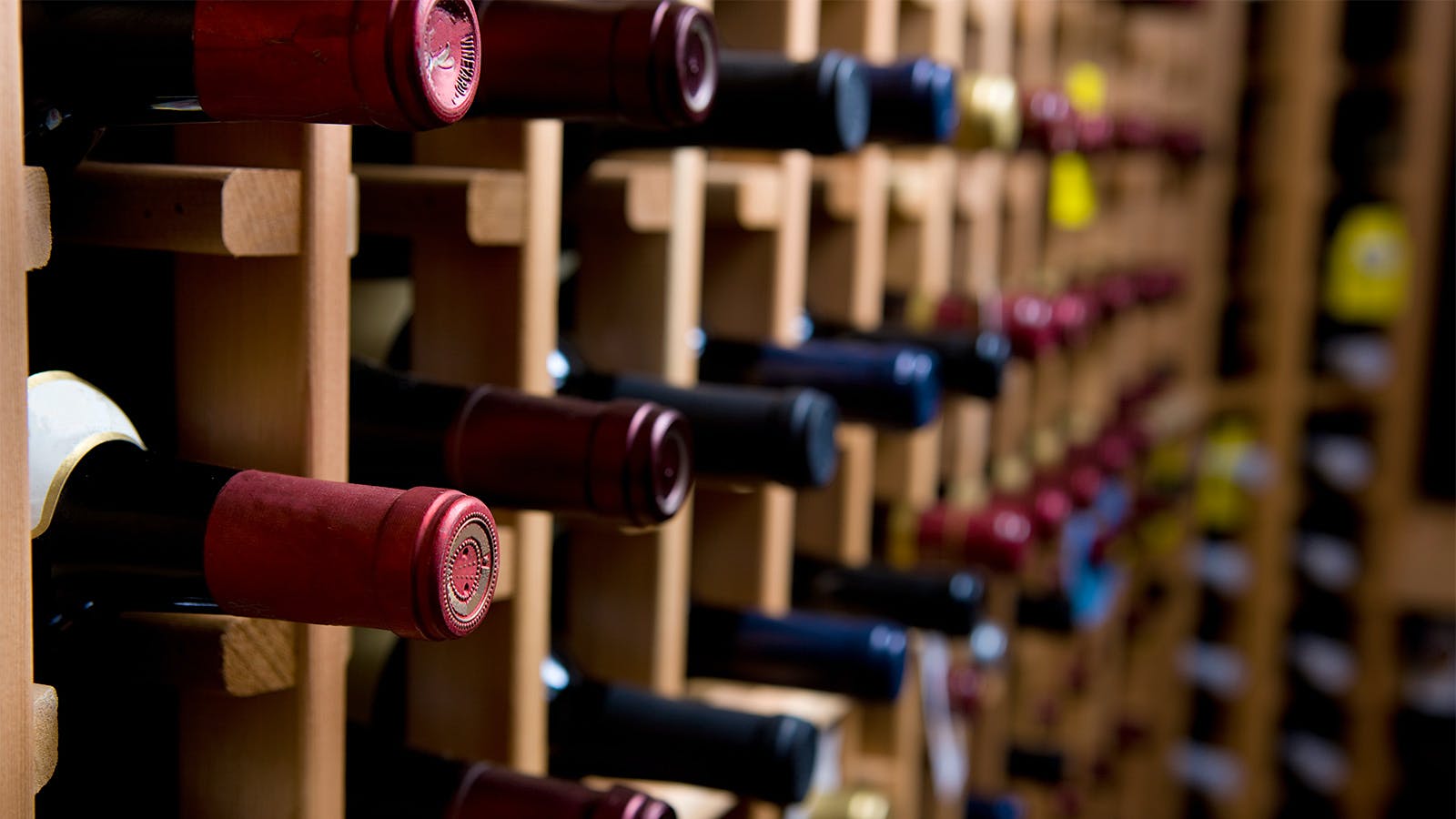

Articles
How To Store Red Wine
Modified: October 18, 2024
Learn the best methods for storing red wine and keeping it fresh for longer with our informative articles. Discover expert tips and advice today.
(Many of the links in this article redirect to a specific reviewed product. Your purchase of these products through affiliate links helps to generate commission for Storables.com, at no extra cost. Learn more)
Introduction
When it comes to red wine, proper storage is essential to preserve its flavor, aroma, and overall quality. Whether you are a wine enthusiast or a casual wine drinker, understanding how to store red wine correctly will ensure that you can enjoy its full potential whenever you decide to uncork a bottle.
Proper storage conditions involve several key factors, including temperature, humidity, darkness, and bottle positioning. By considering these factors and taking the necessary steps, you can protect your investment and ensure that your red wine ages gracefully.
In this article, we will explore the various factors to consider before storing your red wine, discuss the ideal storage environment, and provide tips on how to store opened bottles. So, whether you have just started your wine collection or have a few bottles waiting to be enjoyed, let’s dive into the world of red wine storage.
Key Takeaways:
- Proper storage of red wine involves considering factors like wine type, bottle closure, and storage duration. Choosing the right environment, protecting from light, and using preservation tools can enhance the wine-drinking experience.
- Storing opened red wine requires quick re-corking, refrigeration if necessary, and monitoring storage time. Understanding wine type, vintage, and personal preference helps determine the ideal storage duration.
Read more: How To Store Unopened Red Wine
Factors to Consider Before Storing Red Wine
Before you embark on storing your red wine, there are a few important factors to consider. These factors will help ensure that your wine ages gracefully and maintains its quality throughout the storage period.
Quality of Wine: It is crucial to note that not all red wines are suitable for long-term storage. High-quality wines with good aging potential, such as Bordeaux, Cabernet Sauvignon, and Barolo, are better suited for extended cellaring. On the other hand, lighter red wines meant for early consumption, like Beaujolais or Pinot Noir, may not benefit from long-term storage.
Bottle Closure: Another crucial factor to consider is the type of closure on your wine bottle. Wines sealed with natural cork allow for a small amount of air to interact with the wine, aiding in the aging process. Synthetic corks and screw caps provide a more airtight seal, making them suitable for shorter-term storage.
Wine Age: Before storing your red wine, consider its age. Younger red wines typically require less aging and can be enjoyed within a few years. However, older red wines may benefit from further aging to develop their complex flavors and aromas.
Storage Space: Assess the available storage space you have for your red wine. Whether it’s a designated wine cellar, a wine refrigerator, or a wine rack in a cool and dark area of your home, ensuring you have a suitable storage area is vital.
Storage Duration: Determine the intended duration of the storage. Are you planning to age the wine for a few months, a couple of years, or even decades? This will help you choose the right storage conditions and determine the appropriate wine storage equipment.
Personal Preference: Finally, consider your personal taste preferences. Some wine enthusiasts enjoy the changes that occur through aging, while others prefer the fresher, fruit-forward characteristics of younger wines. Understanding your preferences will help guide you in deciding how long to store your red wine.
By taking these factors into account, you can make informed decisions about which red wines to store and how best to preserve their quality over time.
Choosing the Right Storage Environment
Creating the ideal storage environment is crucial for maintaining the quality and integrity of your red wine. Here are some key factors to consider when choosing the right storage environment:
Temperature: One of the most critical factors in wine storage is temperature. It is recommended to store red wine at a consistent temperature between 55°F (13°C) and 65°F (18°C). Fluctuations in temperature can harm the wine and compromise its flavor. Extreme heat or cold can cause the wine to expand and contract, potentially damaging the cork and allowing air to seep into the bottle. Avoid storing red wine near appliances that generate heat or in areas prone to temperature fluctuations.
Humidity: Humidity levels are also important in wine storage. Aim for a humidity level between 50% and 70%. A humid environment helps prevent the cork from drying out, which could lead to oxidation and spoilage. Too much humidity, however, can promote the growth of mold and mildew. Consider using a hygrometer to monitor and maintain the proper humidity level in your storage space.
Darkness: Protecting your red wine from light is crucial. Exposure to UV and fluorescent light can lead to the degradation of the wine’s color and tannins. To preserve the wine’s quality, store it in a dark area or use opaque wine bottles or wine storage solutions that shield the bottles from light.
Ventilation: Proper ventilation is essential to maintain air quality within the storage space. Adequate ventilation helps prevent musty odors, off-flavors, and the build-up of harmful volatile compounds. Ensure there is sufficient airflow to prevent stagnant air in the storage area.
Stable Environment: Consistency is key when it comes to the storage environment. Avoid storing wine in areas that experience significant fluctuations in temperature, humidity, or light. A stable environment helps the wine age gracefully and maintain its desired characteristics.
When searching for a suitable storage environment, consider various options such as dedicated wine cellars, wine coolers, or wine refrigerators. These specialized storage solutions provide the necessary conditions to preserve your red wine’s quality and ensure its longevity.
By selecting the right storage environment, you can create an optimal setting to protect and showcase your red wine collection.
Ideal Temperature and Humidity Levels
Temperature and humidity are key factors in ensuring the proper aging and preservation of red wine. Let’s delve into the ideal temperature and humidity levels for storing your red wine:
Temperature: Maintaining a consistent and appropriate temperature is crucial for wine storage. The ideal temperature range for storing red wine is between 55°F (13°C) and 65°F (18°C). This temperature range allows the wine to age gracefully, develop complex flavors, and avoid any accelerating chemical reactions that could harm the wine. Avoid storing your red wine in areas prone to extreme temperature fluctuations, such as near heating or cooling vents.
Humidity: Humidity is equally important when it comes to storing red wine. The ideal humidity level for wine storage falls between 50% and 70%. This range helps keep the cork moist and prevents it from drying out. Dry corks may shrink, leading to air leakage and potential wine oxidation. On the other hand, excessive humidity can promote the growth of mold and mildew, which can damage the wine labels and affect the overall quality of the wine. Using a hygrometer can help you monitor and maintain the appropriate humidity level in your storage area.
It is essential to note that different wine experts may have varying opinions on the ideal temperature and humidity levels. While the temperature range mentioned above is generally accepted, some experts may advocate for slightly different ranges based on personal experience and preferences. It’s always a good idea to consult multiple sources and consider your specific wine collection and storage conditions.
Additionally, it’s important to remember that gradual changes in temperature and humidity are generally better than sudden fluctuations. Consistency is key to preserving the quality and integrity of your red wine collection. Aim for stability in temperature and humidity levels to ensure that your wine ages gracefully and maintains its desired characteristics.
By understanding and implementing the ideal temperature and humidity levels, you can create an environment that promotes the proper aging and preservation of your red wine, allowing you to enjoy its full potential when the time comes to uncork a bottle.
Importance of Darkness and Protection from Light
When it comes to storing red wine, protecting it from light is of utmost importance. Exposure to light, especially UV and fluorescent light, can have detrimental effects on the quality and longevity of your wine. Here’s why darkness is crucial in wine storage:
Prevents Oxidation: Light, especially UV rays, can cause wine to oxidize. Oxidation leads to the deterioration of flavors, loss of aroma, and the development of off-putting aromas. This can significantly impact the overall enjoyability of the wine. By storing your red wine in darkness, you can minimize the risk of oxidation and preserve the wine’s freshness and vibrancy.
Maintains Color and Tannin Stability: Exposure to light can lead to the degradation of pigments and tannins in red wine. Over time, this can result in a loss of color intensity and a change in the wine’s texture. By keeping your red wine in a dark environment, you can help maintain its visual appeal and structural integrity.
Minimizes Spoilage: Light can also cause microbial spoilage in wine. UV rays can promote the growth of bacteria, yeast, and other microorganisms that can negatively impact the wine’s flavor profile and stability. By protecting your red wine from light, you can reduce the risk of spoilage and ensure that the wine maintains its desired characteristics.
When considering storage options for your red wine, opt for opaque wine bottles or wine storage solutions that provide protection from light. Dark-colored glass bottles can help mitigate the effects of UV rays, but it is still advisable to store these bottles in a dark area.
Keep in mind that regular household lighting, while not as damaging as direct sunlight, can still impact your wine over time. It is best to store your red wine away from light sources, such as windows or bright overhead lights, to minimize any potential light exposure.
By prioritizing darkness and protecting your red wine from light, you can ensure that it maintains its quality, flavor profile, and visual appeal, allowing you to savor the true essence of the wine when the time comes to enjoy it.
Read more: How To Store Red Wine Unopened
Proper Wine Bottle Positioning
The positioning of wine bottles is an often overlooked aspect of wine storage, but it can greatly impact the quality and aging potential of your red wine. Here’s why proper wine bottle positioning is essential:
Horizontal Position: Storing wine bottles horizontally is the most common and recommended method. When placed horizontally, the wine contacts the cork, keeping it moist and preventing it from drying out. A dried-out cork can shrink and allow air to enter the bottle, resulting in oxidation and spoilage. Additionally, storing wine bottles horizontally helps to minimize the risk of sediments settling at the bottom of the bottle.
Exceptions: While storing wine bottles horizontally is generally advised, there are a few exceptions. Wines sealed with screw caps or synthetic corks do not require horizontal storage because these closures provide a more secure and airtight seal, reducing the risk of oxidation. However, storing these bottles horizontally will not harm the wine, so you can still choose to store them this way if you prefer.
Upright Position: There are situations when upright storage may be necessary or preferable. For instance, if you have a bottle with a compromised or damaged cork, storing it upright can help prevent any leakage or further damage to the wine. Additionally, upright storage is recommended for sparkling wines and fortified wines, as these wines often have higher carbonation levels that can put pressure on the cork if stored horizontally.
Temperature Considerations: When storing wine bottles horizontally, it is important to ensure that the temperature and humidity conditions are suitable. Excessive heat or fluctuations in temperature can affect the expansion and contraction of the liquid inside the bottle, potentially causing leakage or damage to the cork. Therefore, if you choose to store your red wine bottles horizontally, make sure to do so in a cool and stable environment.
By following proper wine bottle positioning practices, you can help maintain the integrity of the cork, prevent oxidation, and ensure that your red wine ages gracefully. Whether it’s horizontal storage for most bottles or upright storage for specific scenarios, choosing the right position can make a significant difference in preserving the quality of your wine collection.
Store red wine in a cool, dark place away from direct sunlight and temperature fluctuations. Lay the bottle on its side to keep the cork moist and prevent it from drying out. Avoid storing it in the fridge for long periods as it can affect the wine’s flavor.
Understanding Wine Rack Options
A wine rack is a practical and visually appealing storage solution for organizing and storing your red wine collection. There are various wine rack options available, each with its own advantages and considerations. Here’s a breakdown of some common wine rack options:
Wooden Wine Racks: Wooden wine racks are a classic choice for wine enthusiasts. They are available in a variety of sizes, styles, and finishes, making them versatile and aesthetically pleasing. Wood helps regulate humidity levels, and it provides a stable and secure storage environment for your red wine bottles. Additionally, wooden wine racks allow for customization, so you can choose a design that fits your space and collection needs.
Metal Wine Racks: Metal wine racks are known for their sleek and modern designs. They are typically made of stainless steel or iron, offering durability and a contemporary look. Metal wine racks are available in various shapes and sizes and are often stackable or modular, allowing for easy expansion as your wine collection grows. However, metal racks may not offer as much insulation against temperature fluctuations compared to wooden racks.
Wall-Mounted Wine Racks: Wall-mounted wine racks are an excellent space-saving option, especially for those with limited floor space. These racks can be mounted on walls, allowing you to utilize vertical storage and showcase your red wine collection as a decorative feature. Wall-mounted racks are available in different materials, such as wood, metal, or acrylic, and can accommodate varying bottle capacities.
Modular Wine Racks: Modular wine racks offer flexibility and versatility in wine storage. These racks are designed to be easily assembled and disassembled, allowing you to customize the size and arrangement according to your storage needs. Modular racks are available in different materials and styles, providing options for both aesthetic appeal and functionality.
Countertop Wine Racks: Countertop wine racks are compact and portable options that can be placed on kitchen countertops, sideboards, or other flat surfaces. These racks usually have a smaller bottle capacity but offer convenience and easy access to your favorite red wines. Countertop wine racks are available in various materials, such as wood, metal, or acrylic, allowing you to find one that suits your style.
When choosing a wine rack, consider factors such as the size of your collection, available space, desired aesthetics, and your specific storage requirements. It’s also important to ensure that the wine rack provides proper stability and securely holds the wine bottles to prevent any accidental spills or breakage.
By carefully selecting the right type of wine rack for your red wine collection, you can efficiently store and display your bottles while adding a touch of elegance to your wine storage area.
Benefits of Wine Cellars and Wine Coolers
When it comes to long-term storage of red wine, wine cellars and wine coolers offer several distinct benefits. Let’s explore why these specialized storage solutions are highly recommended for wine enthusiasts:
Temperature and Humidity Control: Wine cellars and wine coolers are designed to provide precise temperature and humidity control, which are essential for proper wine storage. These storage units ensure a consistent temperature range between 55°F (13°C) and 65°F (18°C) and maintain humidity levels between 50% and 70%. This controlled environment protects the wine from temperature fluctuations that can affect the aging process and preserves the integrity of the cork.
Protection from Light: Wine cellars and wine coolers are typically constructed with solid and opaque materials, effectively shielding the wine bottles from light exposure. This protection from UV and fluorescent light helps prevent the degradation of the wine’s color, tannins, and flavor compounds, ensuring the wine ages gracefully.
Optimal Air Circulation: Proper ventilation and air circulation are crucial in wine storage. Wine cellars and coolers are designed with ventilation systems that ensure adequate airflow, preventing the build-up of musty odors and maintaining the overall air quality within the storage space.
Capacity and Flexibility: Wine cellars are ideal for serious wine collectors with larger collections. These dedicated storage spaces can accommodate hundreds or even thousands of bottles, providing ample room for your red wine collection to grow. On the other hand, wine coolers come in various sizes, ranging from small countertop units to larger freestanding or built-in options. This variety allows you to find the perfect-sized storage solution based on your collection and available space.
Convenience and Accessibility: Wine cellars and coolers offer convenience and easy access to your red wine collection. With dedicated storage units, you can organize your bottles according to your preference and easily locate the wine you want to enjoy. Some advanced wine coolers even feature touchscreen controls, LED lighting, and sliding shelves for convenient bottle access and a visually appealing display.
Whether you opt for a custom-built wine cellar or a freestanding wine cooler, investing in a dedicated storage solution demonstrates your commitment to preserving and showcasing your red wine collection. These specialized units help create an ideal environment for your wine to age gracefully, ensuring that each bottle is consistently stored at the optimal conditions.
Consider your wine storage needs, available space, and budget when deciding between a wine cellar and a wine cooler. Both options offer significant benefits that will safeguard the quality and longevity of your red wine, allowing you to enjoy each bottle to its fullest potential.
Assessing the Length of Wine Storage
When storing red wine, it is important to assess the length of time that you plan to store each bottle. Different wine styles and varietals have varying aging potential, and understanding this can help you determine the optimal storage duration. Here are some factors to consider when assessing the length of wine storage:
Wine Type: Not all red wines are meant for long-term storage. Some red wines, like Beaujolais or lighter-bodied Pinot Noir, are enjoyed when they are young and fresh. These wines typically don’t benefit from extended aging. On the other hand, full-bodied red wines, such as Bordeaux, Cabernet Sauvignon, and Barolo, have the potential to develop more complex flavors and aromas over time, making them suitable for longer storage.
Vintage: The vintage of a wine refers to the year in which the grapes were harvested. Depending on the specific weather conditions during the growing season, some vintages are known for producing exceptional wines that age well, while others may be best consumed within a few years. Consider researching the reputation of a particular vintage and consulting expert reviews to determine its aging potential.
Winemaker’s Recommendations: Winemakers often provide recommendations on how long their wines can be aged. These suggestions are based on their knowledge of the wine’s composition, structure, and intended aging potential. Take into account the winemaker’s advice, as they have the expertise to guide you in determining the ideal storage duration for their specific wine.
Personal Preference: Your personal taste preferences play a significant role in deciding how long to store your red wine. Some people prefer the fresh, fruit-forward characteristics of younger wines, while others enjoy the complexity that comes with aging. Experimenting and tasting wines at different stages of their development can help you identify the point at which a wine reaches its peak and maintain it at that stage for your future enjoyment.
It is essential to note that not all wines improve with age. Over time, the fruit flavors in a wine may diminish, and the tannins and acidity can become more prominent. Therefore, it’s important to consider the specific wine’s aging potential before deciding to store it for an extended period.
When assessing the length of wine storage, take into account the wine type, vintage, winemaker’s recommendations, and personal preference. Researching and gathering information about each wine in your collection will help you make informed decisions on when to open and enjoy the bottle at its best.
Remember, wine storage is not solely about aging—it’s about finding the sweet spot where the wine’s flavors, aromas, and structure are at their most harmonious and enjoyable.
Read more: How To Store Red Wine Vinegar
Storing Opened Bottles of Red Wine
Once you have opened a bottle of red wine, proper storage becomes crucial to preserve its flavor and freshness. Here are some essential tips for storing opened bottles of red wine:
Re-cork or Re-seal: After opening a bottle of red wine, make sure to immediately re-cork or re-seal it. The exposure to oxygen starts the oxidation process, which can negatively impact the wine’s taste and aroma. A vacuum wine stopper or a wine preserver can help remove excess air from the bottle and maintain the wine’s quality for a longer period. If the wine came with a screw cap or synthetic cork, simply screw it back on tightly.
Store in a Cool Place: Find a cool location to store the opened bottle. Avoid storing it in areas with high temperatures or direct sunlight, as this can accelerate the oxidation process and spoil the wine. The ideal temperature range for storing opened red wine is between 55°F (13°C) and 65°F (18°C).
Refrigeration: If you plan to consume the remaining wine within a few days, storing it in the refrigerator can help slow down the oxidation process. Place the re-corked or re-sealed bottle in the refrigerator, ideally standing upright to minimize contact between the wine and the cork, which can result in potential cork taint.
Temperature Considerations: Although refrigeration can help preserve an opened bottle of red wine, it is important to note that it will affect the wine’s characteristics. When you decide to drink the wine, allow it to come to the recommended serving temperature by taking it out of the refrigerator approximately 30 minutes before serving.
Use Preservation Tools: There are several preservation tools available that can help prolong the lifespan of an opened bottle of red wine. Wine stoppers, vacuum sealers, and wine preservation systems can help remove excess air and create a seal to slow down the oxidation process. These tools can be particularly useful if you don’t plan to consume the remaining wine within a few days.
Monitor Storage Time: While storing opened red wine can extend its longevity, it is essential to be mindful of how long you keep it. Opened wine generally loses its freshness and vibrancy after a few days. It is best to consume the wine within 3-5 days after opening. If it tastes noticeably different or has a vinegary smell, it has likely oxidized and should be discarded.
Remember, although storing opened red wine can help preserve its quality, it will not remain at its peak for an indefinite period. Enjoying the remaining wine within a few days will ensure that you savor its flavors and aromas at their best.
By following these storage tips for opened bottles of red wine, you can prolong their shelf life and continue to appreciate the wine’s remarkable characteristics, even after initially uncorking the bottle.
Conclusion
Proper storage of red wine is essential for preserving its flavor, aroma, and overall quality. By considering important factors such as wine type, bottle closure, storage space, and storage duration, you can make informed decisions and ensure that your red wine ages gracefully.
Choosing the right storage environment with the ideal temperature and humidity levels is crucial. Darkness and protection from light help maintain the wine’s integrity, while proper bottle positioning, such as storing bottles horizontally, ensures the longevity of the wine and minimizes the risk of oxidation.
Understanding different wine rack options allows you to find the perfect storage solution that suits your collection and available space. Investing in wine cellars or wine coolers provides precise temperature and humidity control, protecting your red wine and allowing it to age under optimal conditions.
Assessing the length of wine storage is important to determine the ideal time to enjoy a bottle. Consider the wine type, vintage, winemaker’s recommendations, and personal preference when deciding how long to store your red wine.
When it comes to storing opened bottles of red wine, quick re-corking or re-sealing, storing in a cool place, and refrigeration if necessary, will help preserve the wine’s freshness. Utilizing preservation tools can extend the lifespan of opened wine, but it’s important to monitor storage time and consume the wine within a few days.
In conclusion, proper storage and care for red wine ensure that every bottle delivers its full potential. By providing the ideal storage conditions, protecting the wine from light and oxidation, and properly storing opened bottles, you can enhance your wine-drinking experience and savor the remarkable flavors and aromas of your red wine collection.
So, whether you are a wine enthusiast or a casual wine drinker, implementing these storage practices will ensure that your red wine stays in its prime until the moment you uncork it and indulge in its rich and captivating flavors.
Frequently Asked Questions about How To Store Red Wine
Was this page helpful?
At Storables.com, we guarantee accurate and reliable information. Our content, validated by Expert Board Contributors, is crafted following stringent Editorial Policies. We're committed to providing you with well-researched, expert-backed insights for all your informational needs.
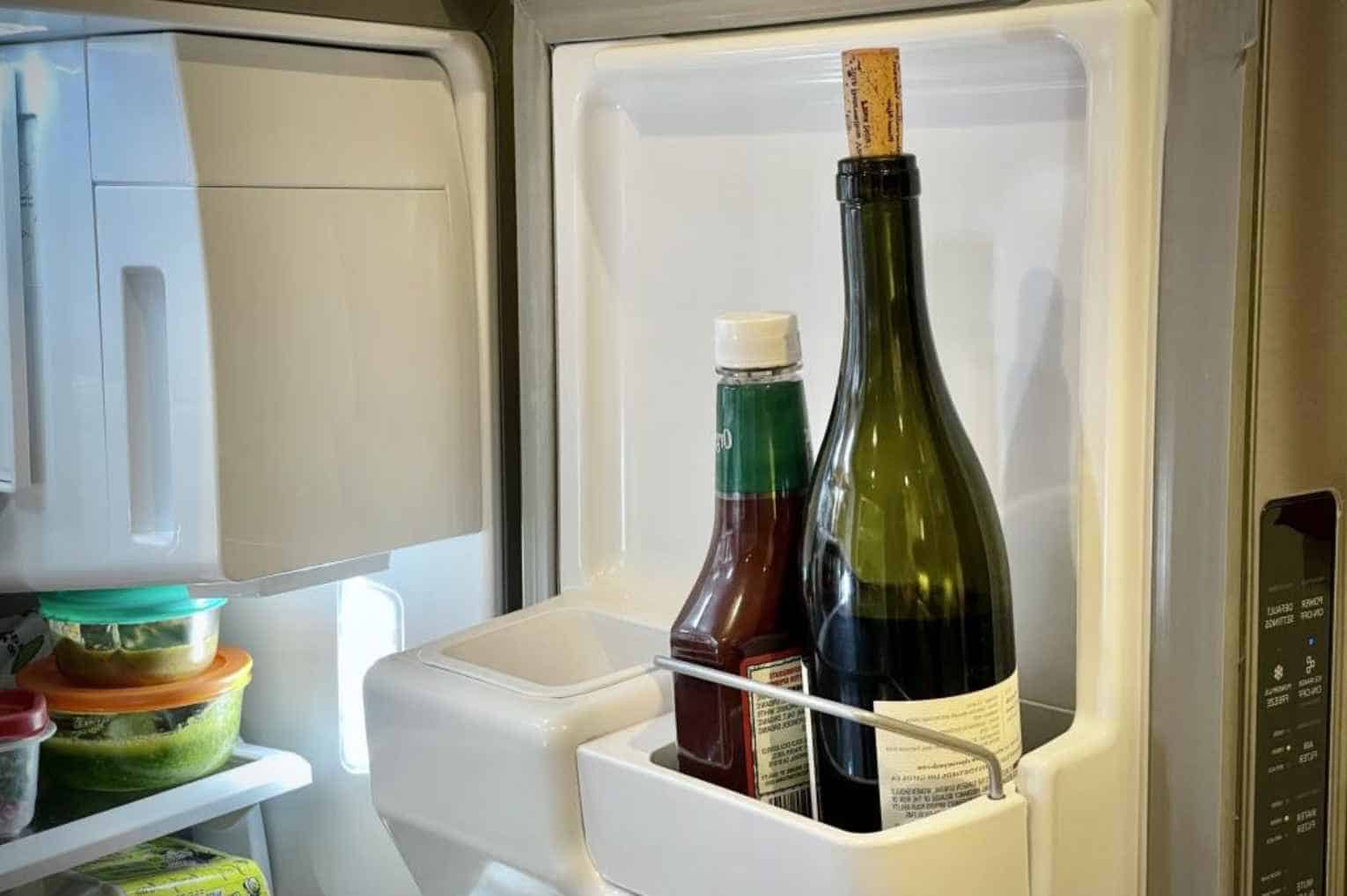
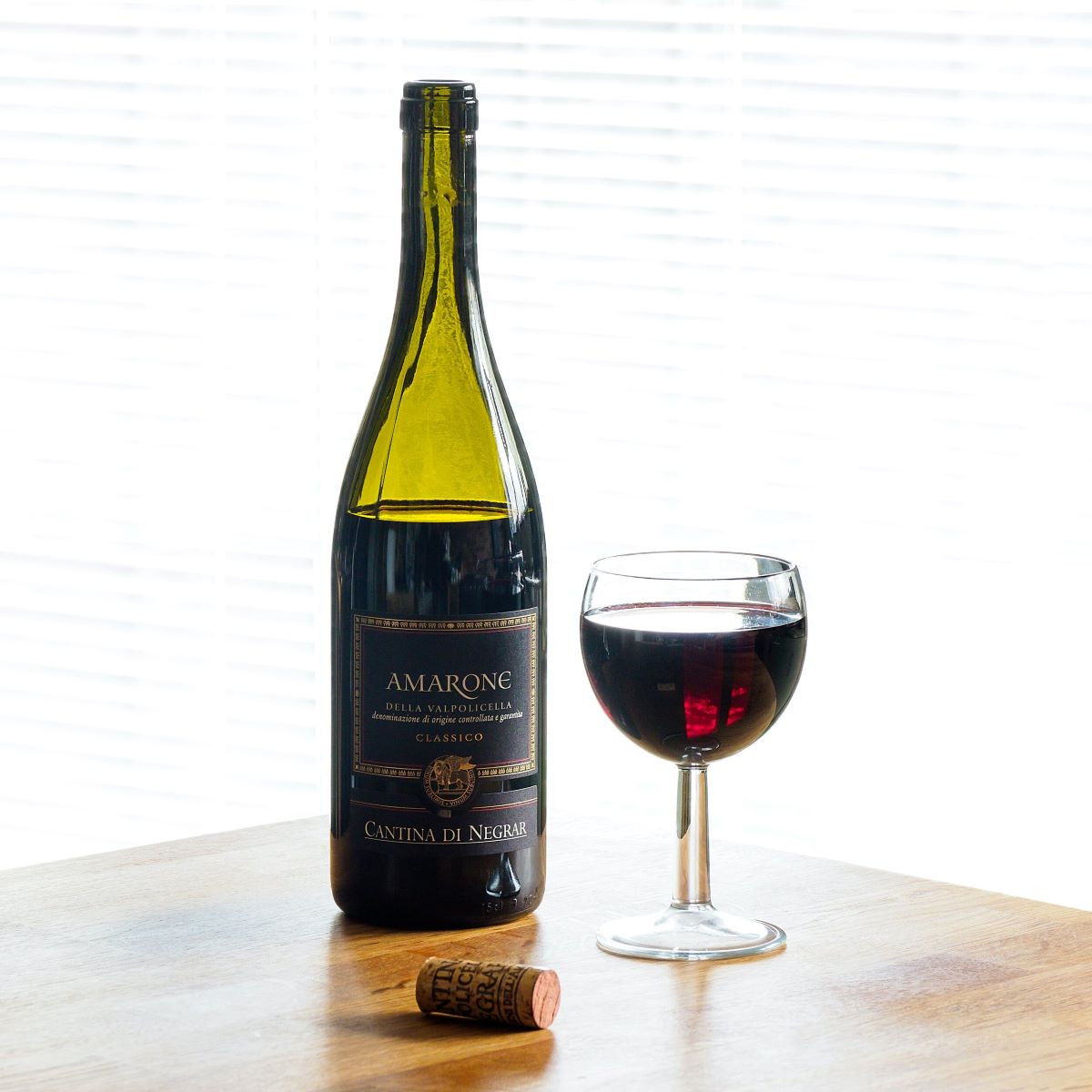
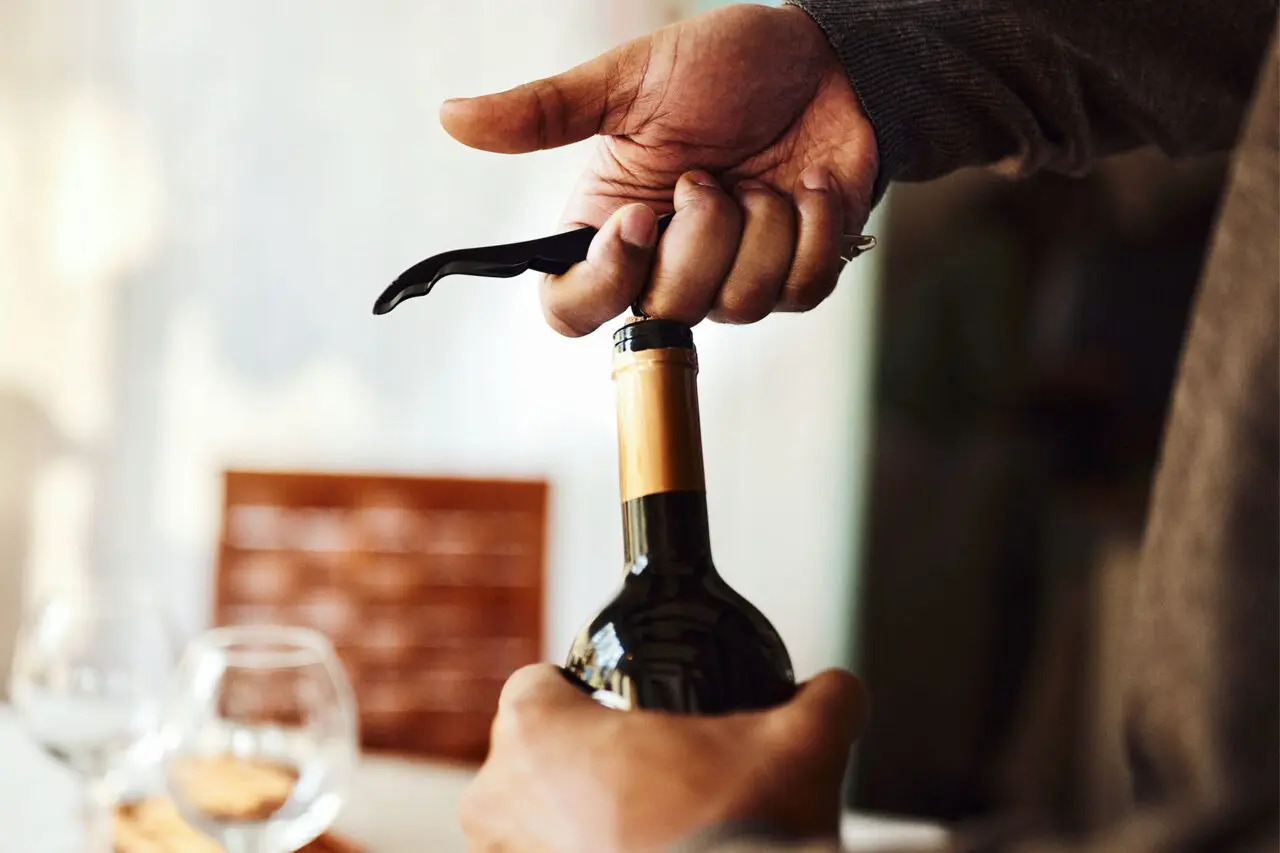
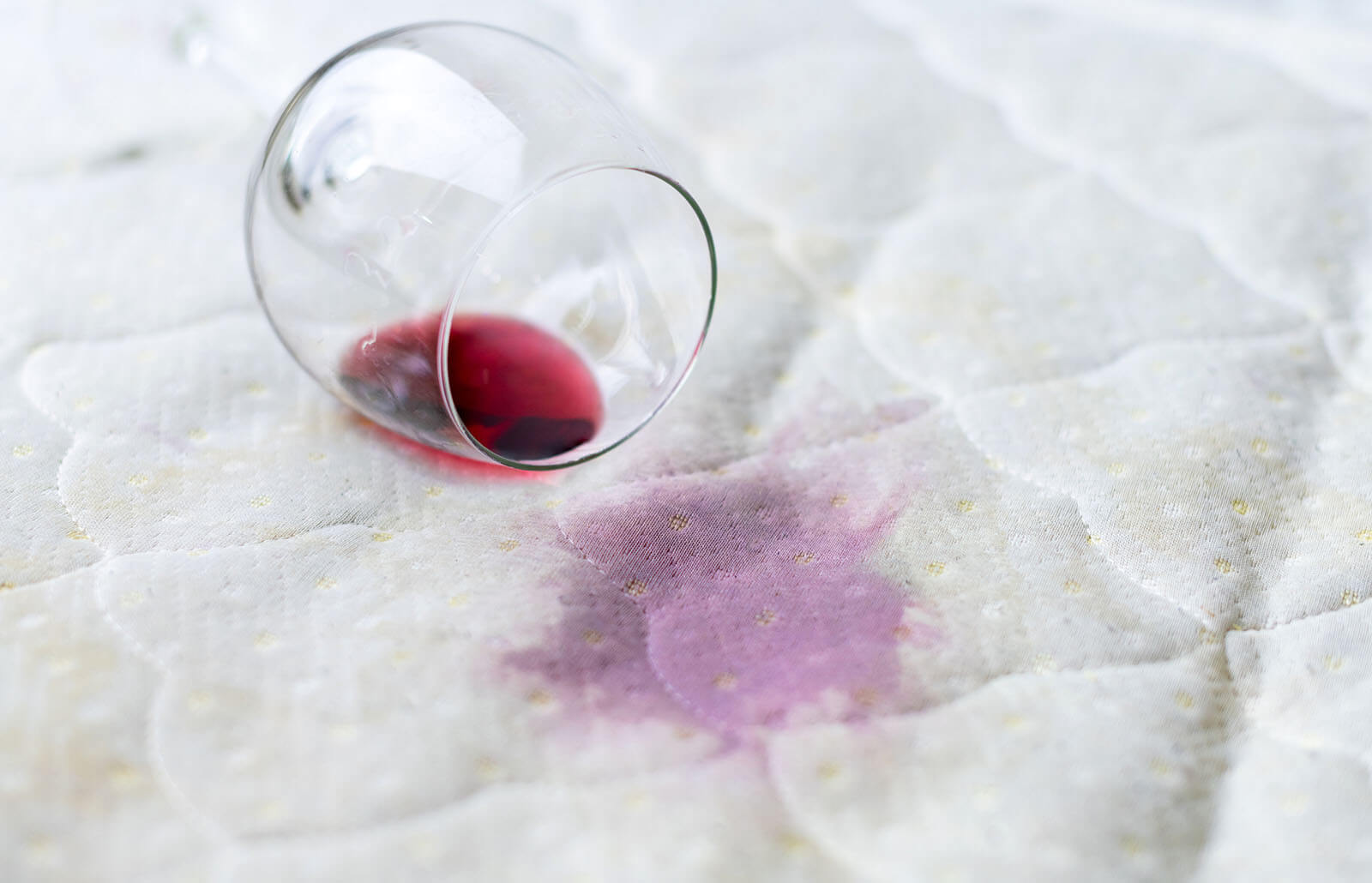
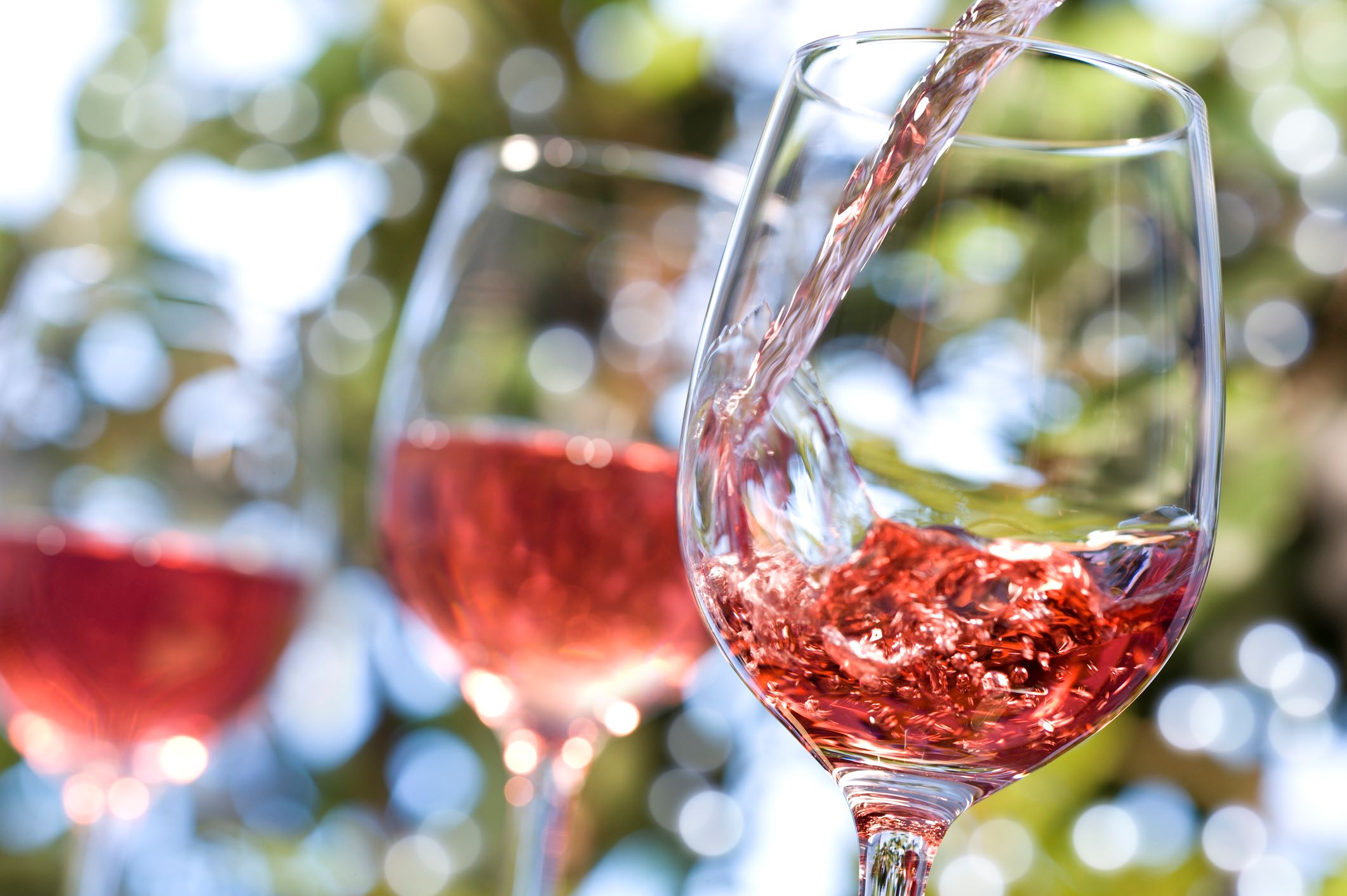
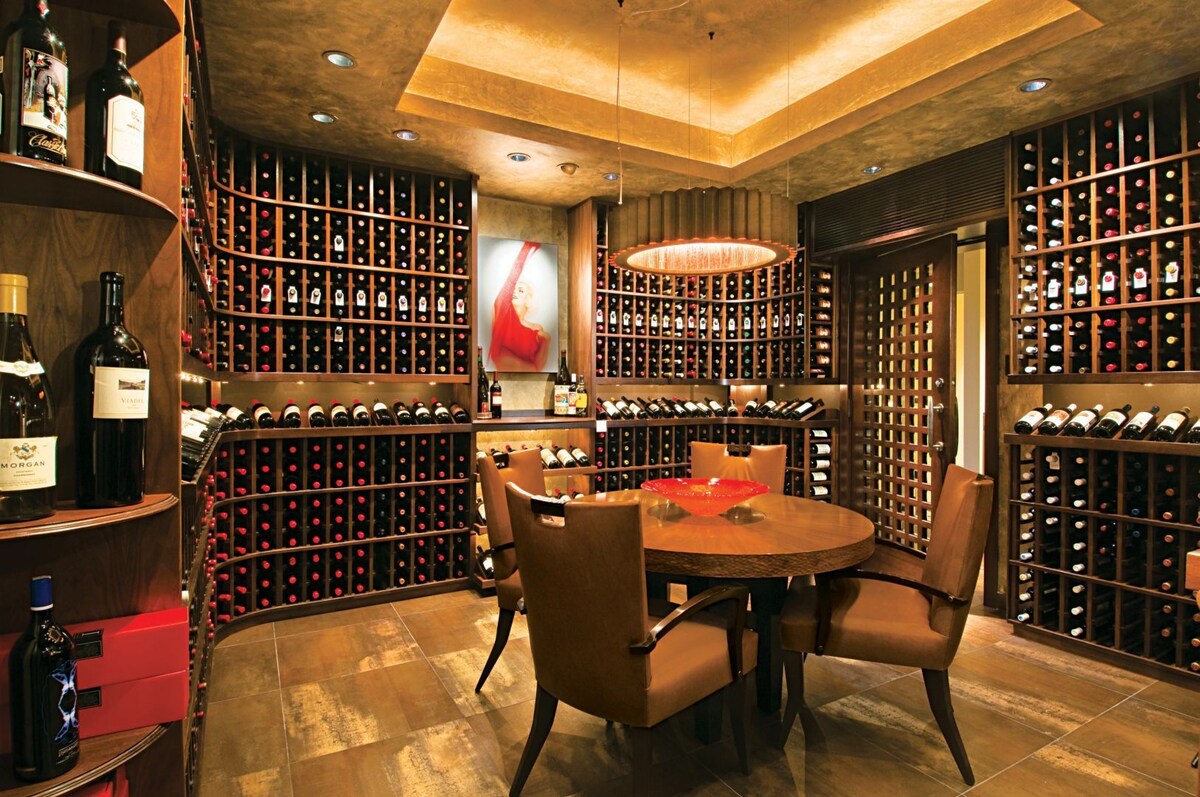
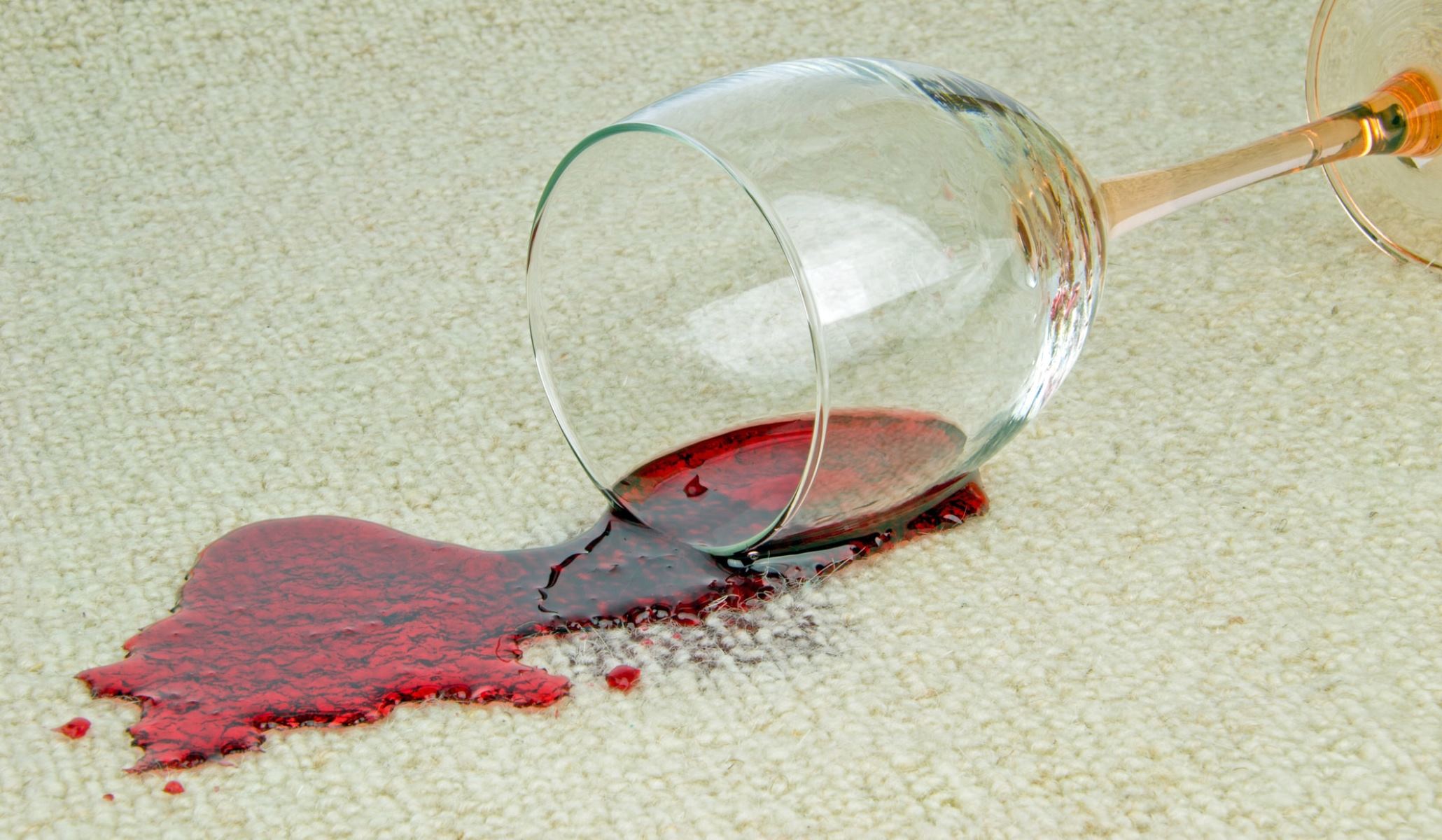
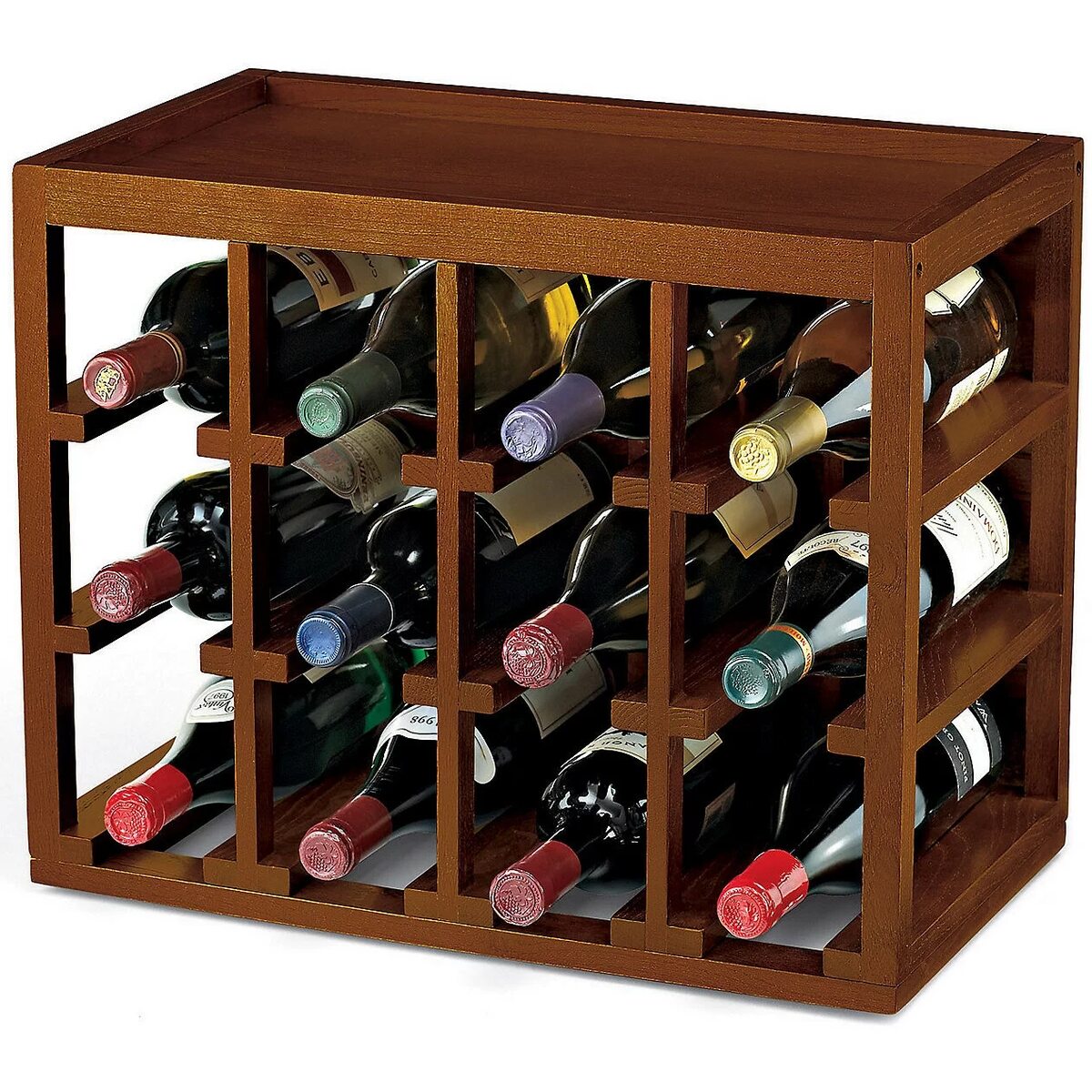
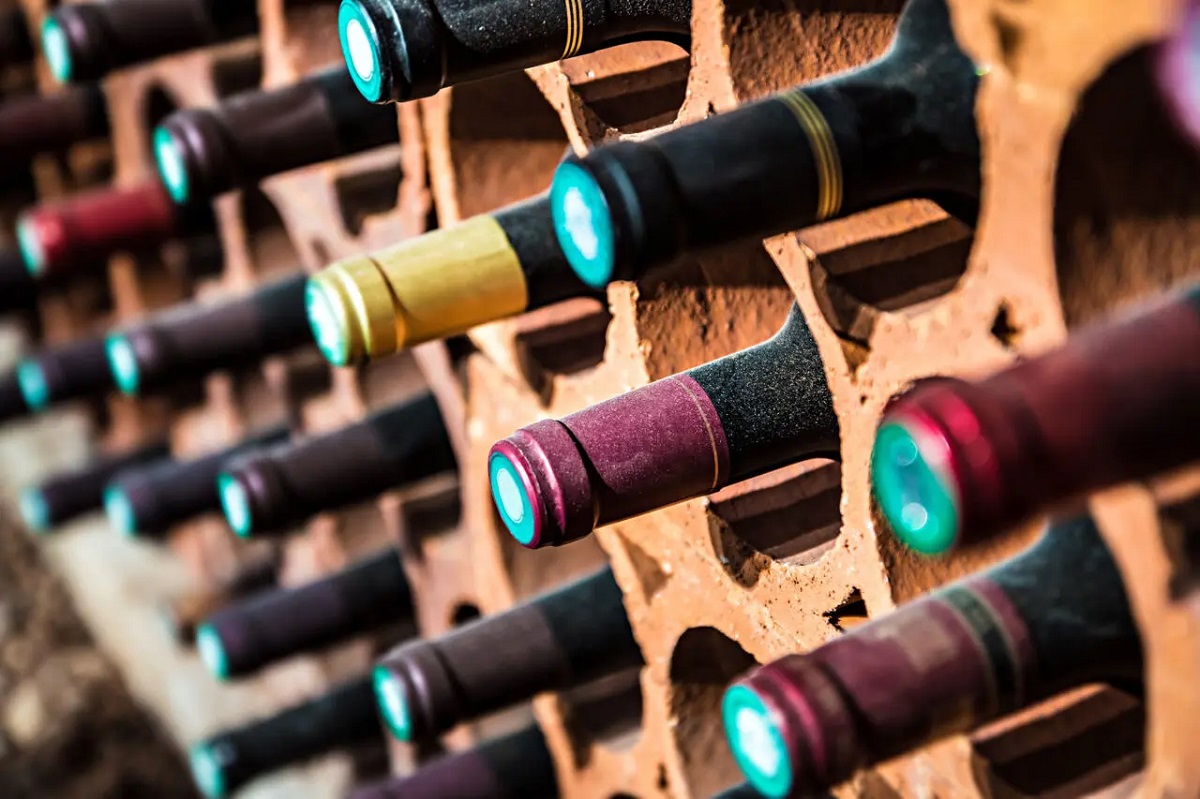
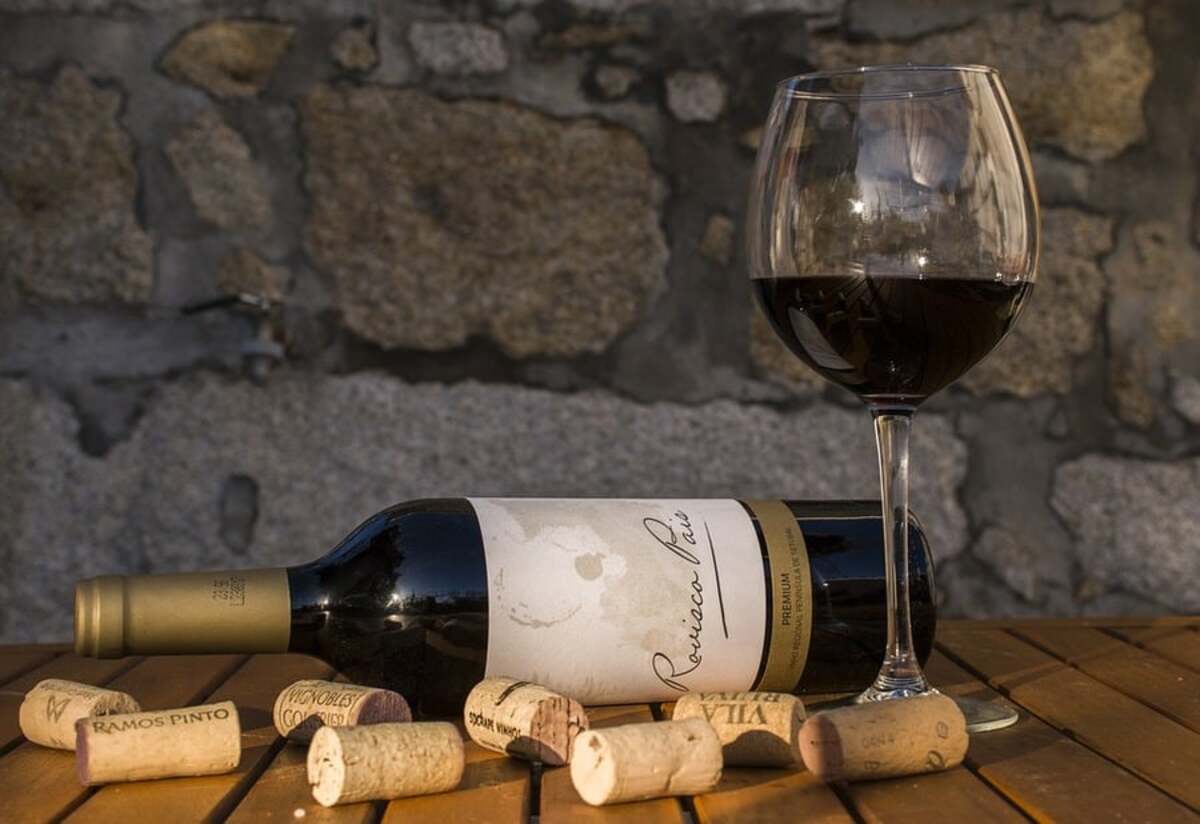
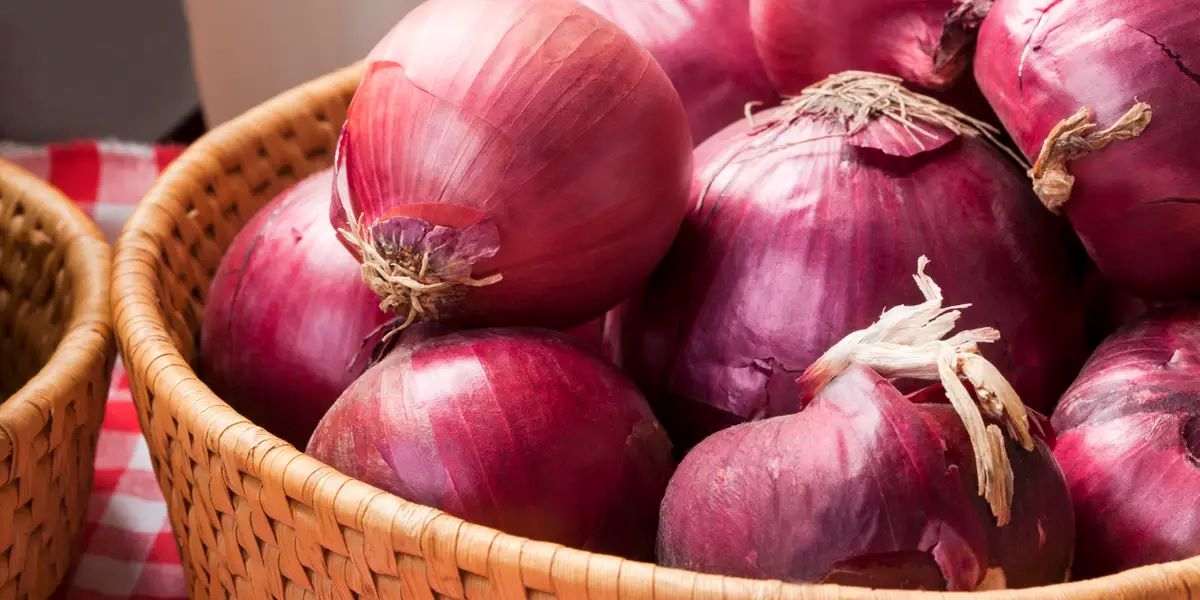
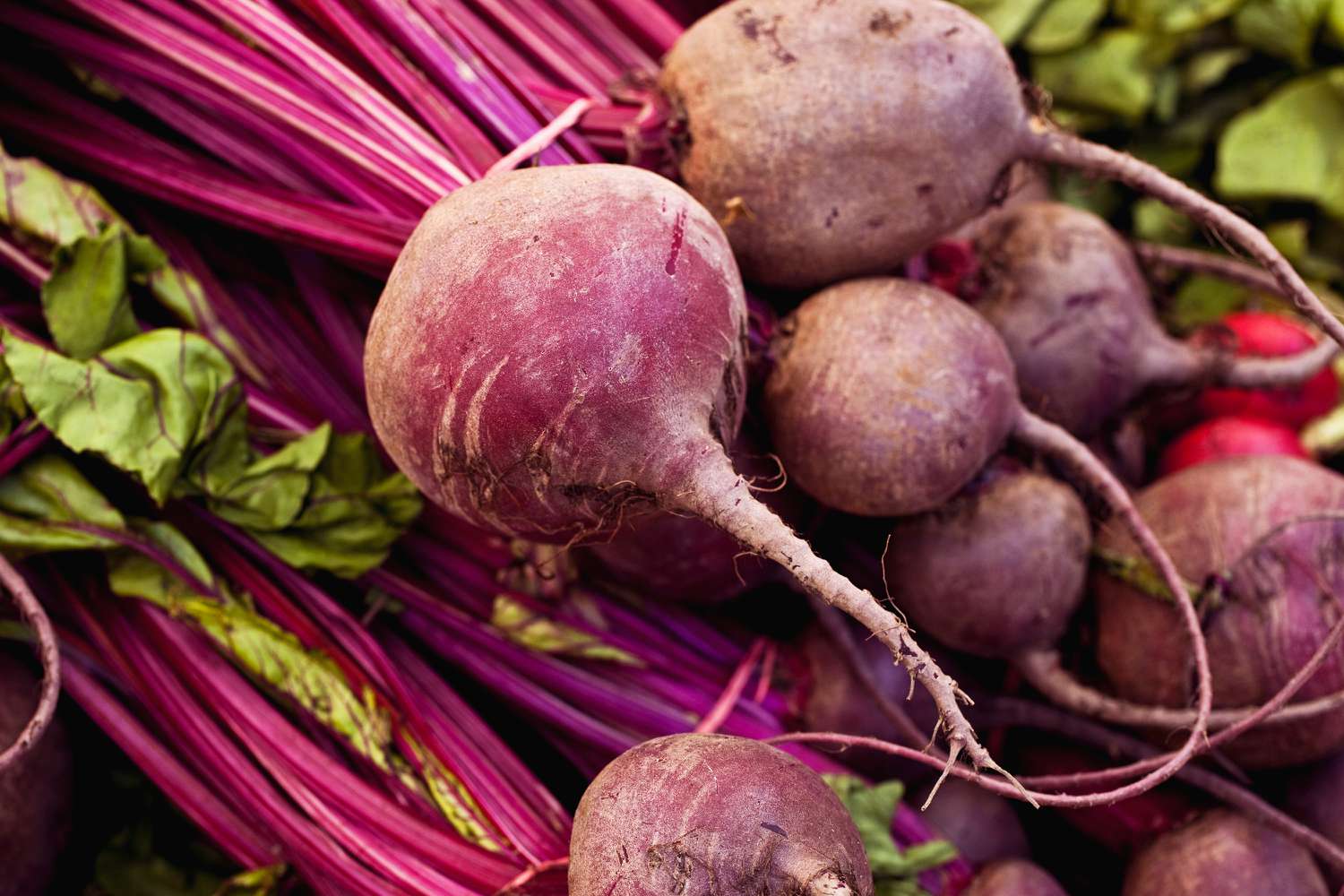
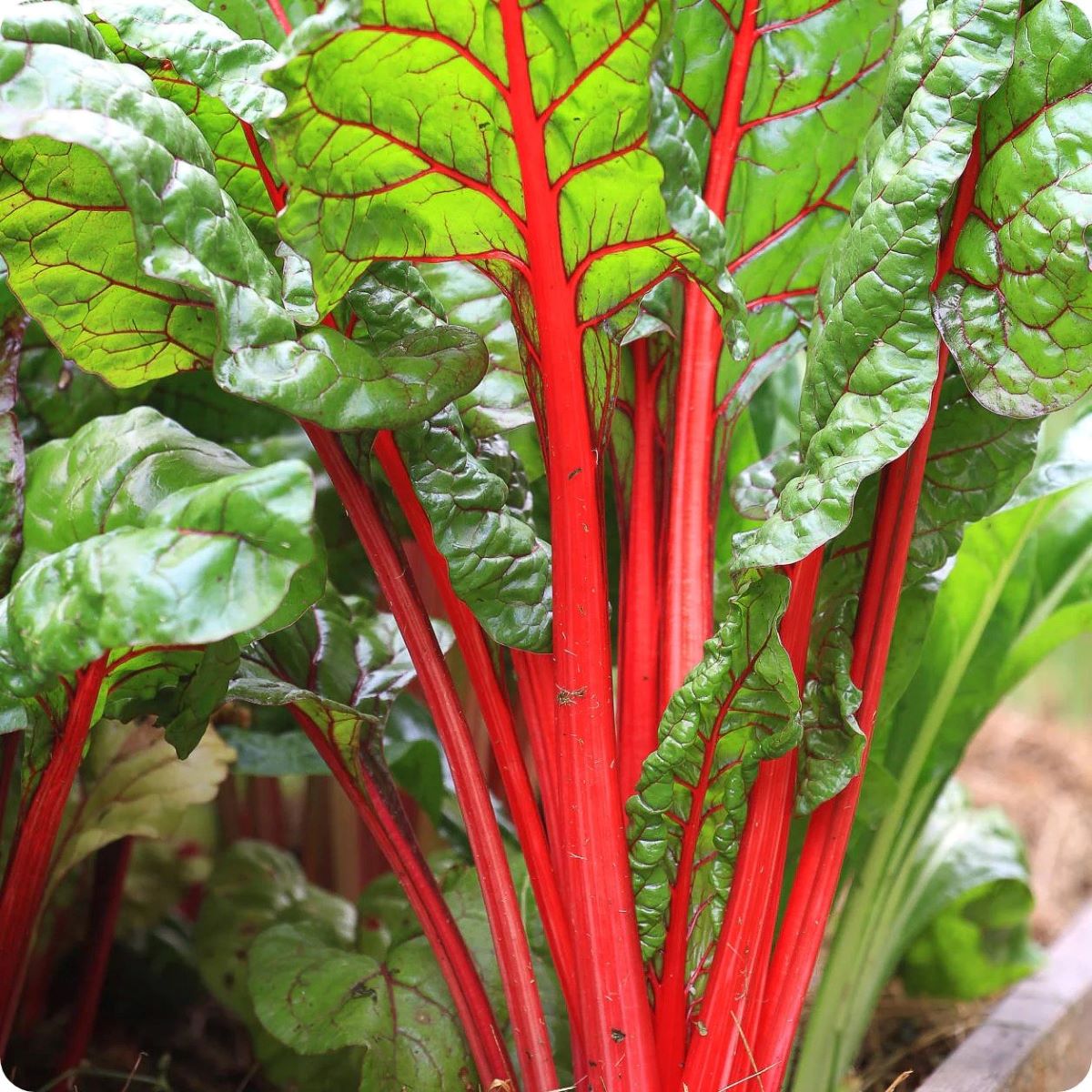

0 thoughts on “How To Store Red Wine”